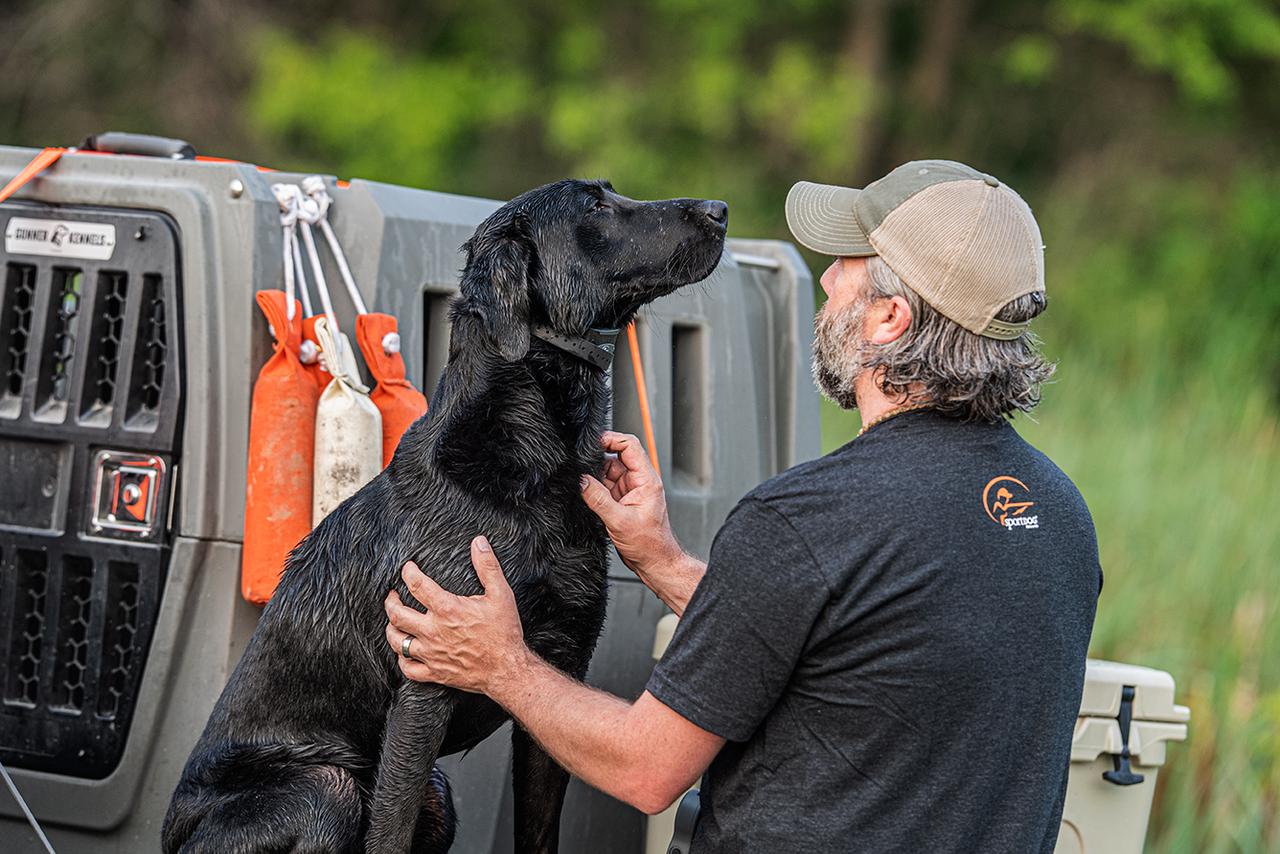
Reward Based Training for Labs
Posted by Charlie JurneyImagine you go to work this week giving your best efforts to satisfy the boss and make the company successful. During that time you forgot to return one phone call and came in five minutes late on Thursday because of a wreck on the highway. The rest of the week you were the perfect employee. On Friday afternoon, you went by payroll to pick up your check because you and the family were going to the coast for a relaxing weekend. When you got to the payroll department, there was no check for you. The boss left a note saying that if only you had been on time Thursday and not forgotten to call that one client back. But, since you did neither, he decided to hold your paycheck until another time. How hard are you going to work for the boss next week?
This is an analogy I use at almost every seminar to emphasize how important it is to reward a dog for a good performance, no matter how small. A majority of trainers I know focus on correcting improper responses or negative behavior but do little to thank their Labs for jobs well done. This scenario can quickly lead to a poor training attitude and an unhappy student. Maintaining emotional balance in a Lab's life is critical for good mental health and greatly improves your his attention to you as well as his desire to go to work tomorrow. Okay, you believe what I have just said, how do you incorporate this into your training program? There are multiple methods so let's take a look.
If you asked a panel to name the number one way to get a Lab to perform a trick, they would respond by saying, "Food treat". Baiting, or a food treat, has been used since we started the training process on canines to encourage a dog to do almost any skill. Throwing a dog food kibble into the puppy's crate will quickly send him into that confined space with a wagging tail. After enough repetition, he will go into the crate on his own with no anxiety.
The list for treating a Lab in an effort to perform a desired response is endless, but there are a few drawbacks with this method. First, you must wean your Lab off the food at some time and still have him give you desired responses to commands. This can be a very trying time for Lab and trainer. Second, your dog must be hungry if baiting is to be optimized. That can limit your training opportunities. If you just fed your Lab his daily ration, he may not be interested in the treat and his responses may be inconsistent. Lastly, it is not common, but there are Labs that show little interest in bait. So, while treating is our first thought to reward our Labs, it may not be the best.
My old stand by to thank my Labs for jobs well done is to throw them a fun retrieve. The object tossed can be a training bumper, tennis ball, squeaky toy, old shoe or anything that stirs up their emotion to chase. All Labs are born with a desire to chase, some just more than others. When we throw things for them to retrieve, we are awakening as well as satisfying that desire. I use this continually each day while training. Every successful session will end with a fun bumper or three for a job well done. Unsuccessful sessions will be repeated until the goal for that session is met, and then the fun bumper is given. It will not take your Lab long to figure out that if he does what you are commanding, he gets the instinctive reward of chasing.
With enough usage, you are essentially creating an addiction to fun bumpers that will be all the paycheck most Labs ever need. Used properly, fun bumpers will keep your Lab's tail wagging for the entirety of his life. I wish we could all be that happy about working. The only negative to fun bumpers as a reward is that your Lab may not have a burning desire to chase. As I stated earlier, they all have a desire to chase, some just more than others. If yours doesn't bust a gut to run down a tennis ball, you might want to consider a food treat or one of the next methods to reward him.
If you think about how Labs are naturally rewarded by their mothers, the first two methods we have discussed do not appear. If you will watch a mother with her puppies, she continually will rub them on the shoulder or ears as a way to relax and reward. So, as surrogate mothers, it would make good sense for us to also use this method. During obedience drills, I will reach down and stroke the dog on the shoulder or ear for a job well done. A slight swallow response from the dog will tell me that I have rewarded sufficiently and we can move on to the next lesson. Think about how much a sincere hug from a friend or spouse means to you and I believe you can understand why your Lab would appreciate payment in that form. Combine that with good eye contact and I promise your Lab will melt when you thank him. The only way this method will not be rewarding to your Lab is if he does not trust you due to excessive pressure in previous sessions.
Our last thought on rewarding is relatively new in the training world. It is noise. Not yelling or screaming but any audible stimulus that is repeated each time your Lab does his job well. It can be very simple, such as a "Good dog!" from you in a pleasing tone. Or it could be a sound such as the "click- click" from a clicker toy. Each time the dog performs nicely, a click is given along with another type of reward until just the click alone will get your Lab's tail wagging. Both of these work well. But, like the previous mentioned methods, have the limitation of needing the dog close to you.
Think about this example. Your Lab is running from you 300 yards away. You call or whistle and he turns around looking at you and takes a couple of steps in your direction. Wouldn't it be nice to reward him at that instant so he will understand that coming in your direction is rewarding. Food treats, fun bumpers, stroking the shoulder and clickers can not do what we need in this case. But, if you had a way to send an audible tone to your dog at that distance, he would get the reward he needs. That is what the e-collars of today with a praise tone button can do for us. All SportDOG® e-collars can not only correct improper behavior at the lightest level redirecting his focus on you, but they can also reward your Lab at a distance with a praise tone from you when he does give a positive response. Here is the reward your Lab can receive over long distances and, most importantly, the instant he gives the correct response. Timing of correction and praise is critical in all training scenarios and no other method can deliver the reward in a more timely fashion than a reliable e-collar.
So, tomorrow when you get ready to work with your Lab, think about what we have discussed. Correction for bad behavior and improper responses to commands must be done. But don't forget about payday. Make sure good sessions or responses are rewarded in a timely manner so he will understand what it takes to earn the reward. Choose a reward or a combination of rewards that fit your training program but most importantly, that will satisfy your Lab. Good Training!
Always check your local and state regulations related to dog training and the use of game birds on private and public property.
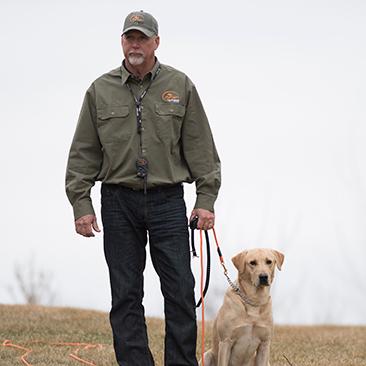
Charlie Jurney
Piedmont, NC
Charlie Jurney has been training performance and hunting dogs for more than 30 years. During that time he has produced hundreds of titled dogs including Grand Hunting Retriever Champions, Hunting Retriever Champions, Master Hunters, Grand Master Hunting Retriever Champions, and Master Hunting Retrievers. His writings have been featured in The...
Related Products
Related Articles
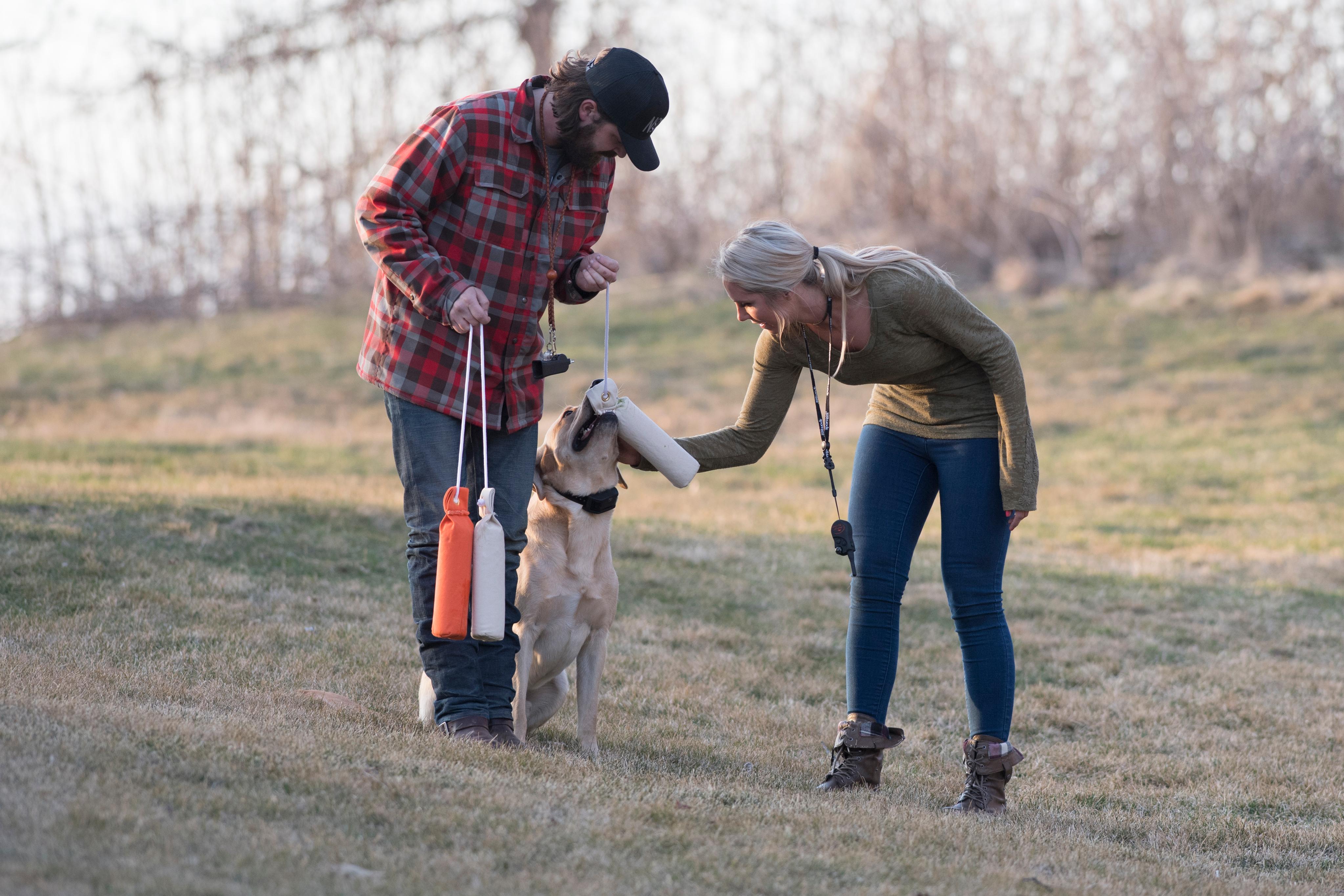
Keeping the Fun in Retriever Training
by Charlie Jurney
Wouldn’t it be nice in the middle of a rough day if someone stopped by and said a few words that made all your cares go away? Instantly your negative feelings would disappear and you’d be happy. Well, in retriever training, there is something that can have that effect on...

Building a Steady Retriever
by Tom Dokken
A retriever that remains calm in a duck blind and concentrates on watching birds fall is a joy to hunt with. In a perfect world, that’s how all retrievers would behave. While a steady retriever is something that most hunters want, the reality is that very few retrievers are truly...
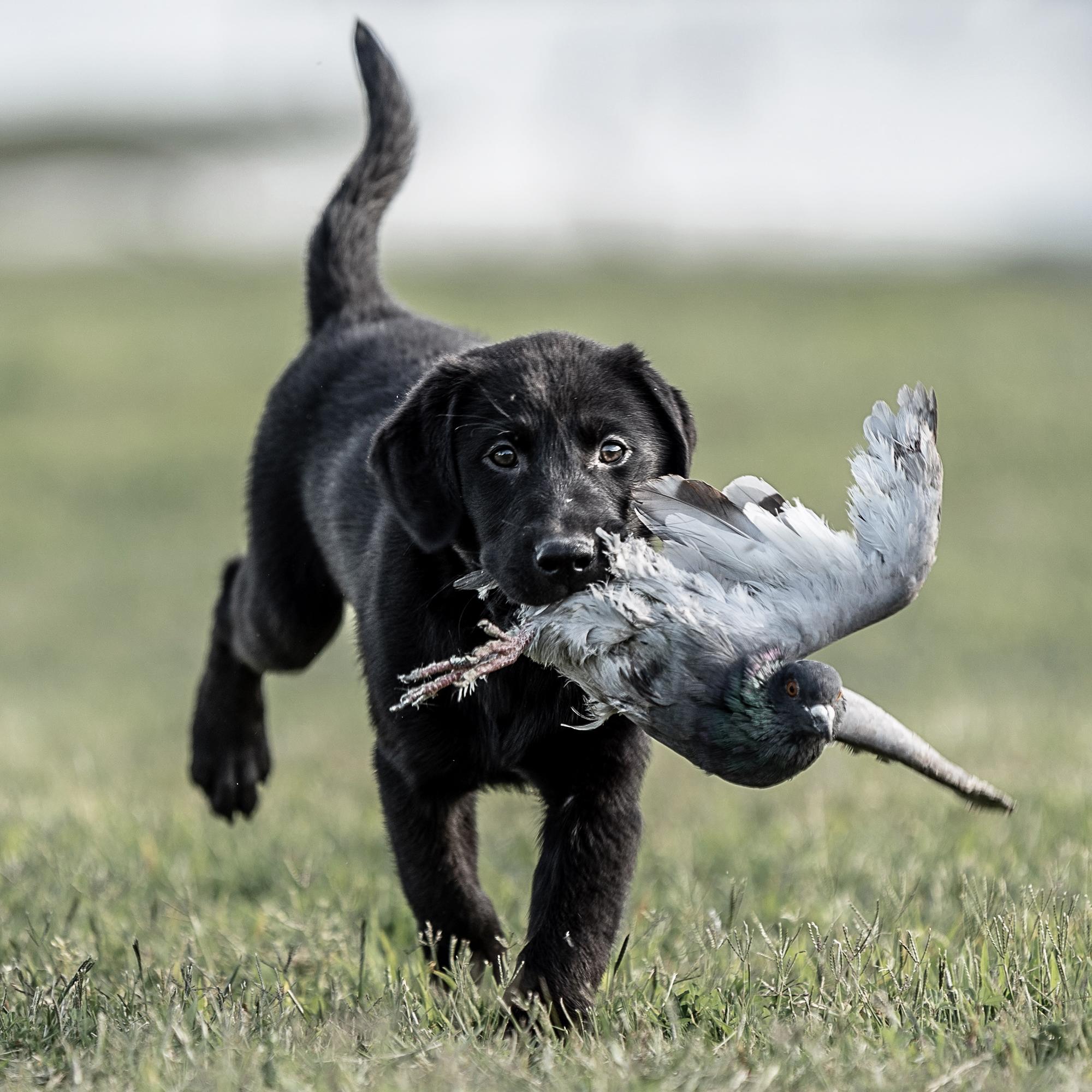
Make Your Upland Retriever Crazy for Feathers
by Tom Dokken
There’s nothing better than a hard-charging flushing dog that is absolutely crazy for birds. But how do you make sure your young retriever will turn out like that? Here are the steps I use. You can introduce your retriever to feathers when he is very young, say up to 12 weeks....
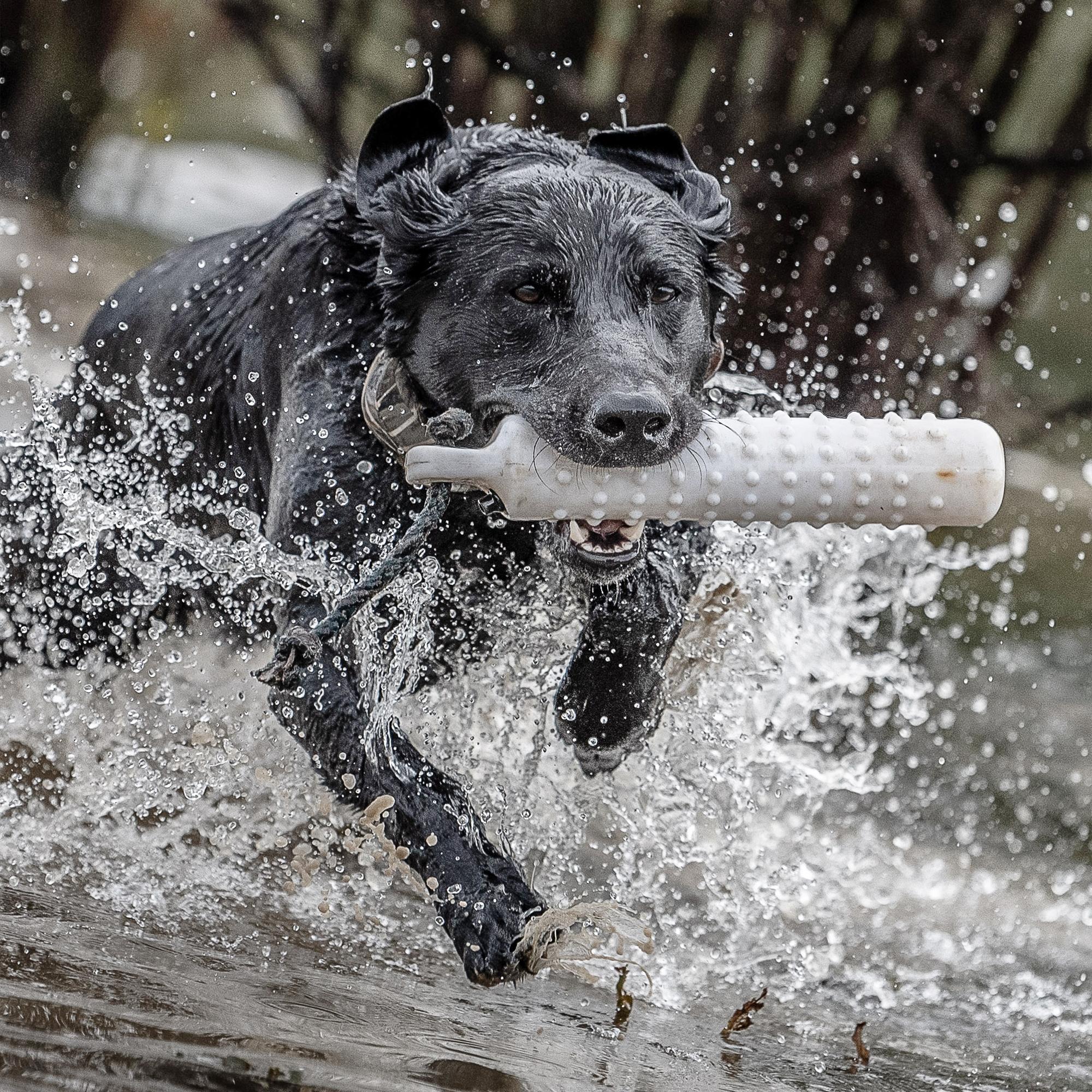
Retriever Training: The Transition to Water
by Tom Dokken
Retrievers love water, so you wouldn’t think that transitioning from land retrievers to water retrieves would be difficult. It isn’t, as long as you follow a few simple guidelines. The key to a smooth introduction and continued improvement on water retrieves is to work in baby steps, just like you did...
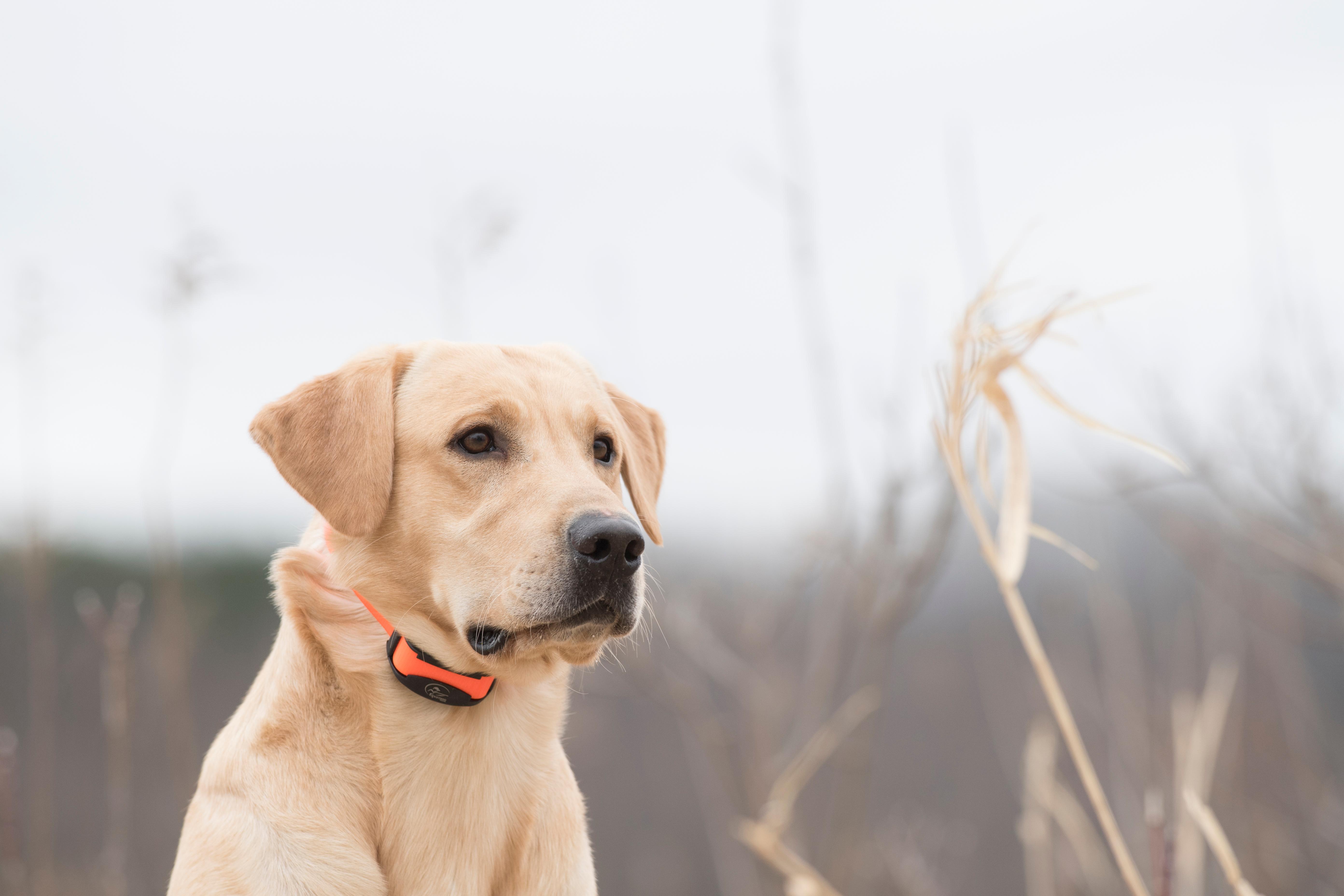
Training Your Retriever for Double Duty
by Charlie Jurney
If you own a waterfowl dog, chances are that sooner or later you’re going to ask it to perform upland duty. It might be a pheasant hunt as a sideline to your Dakota duck hunt, or maybe an afternoon of quail hunting after a morning goose hunt. Most retrievers handle...
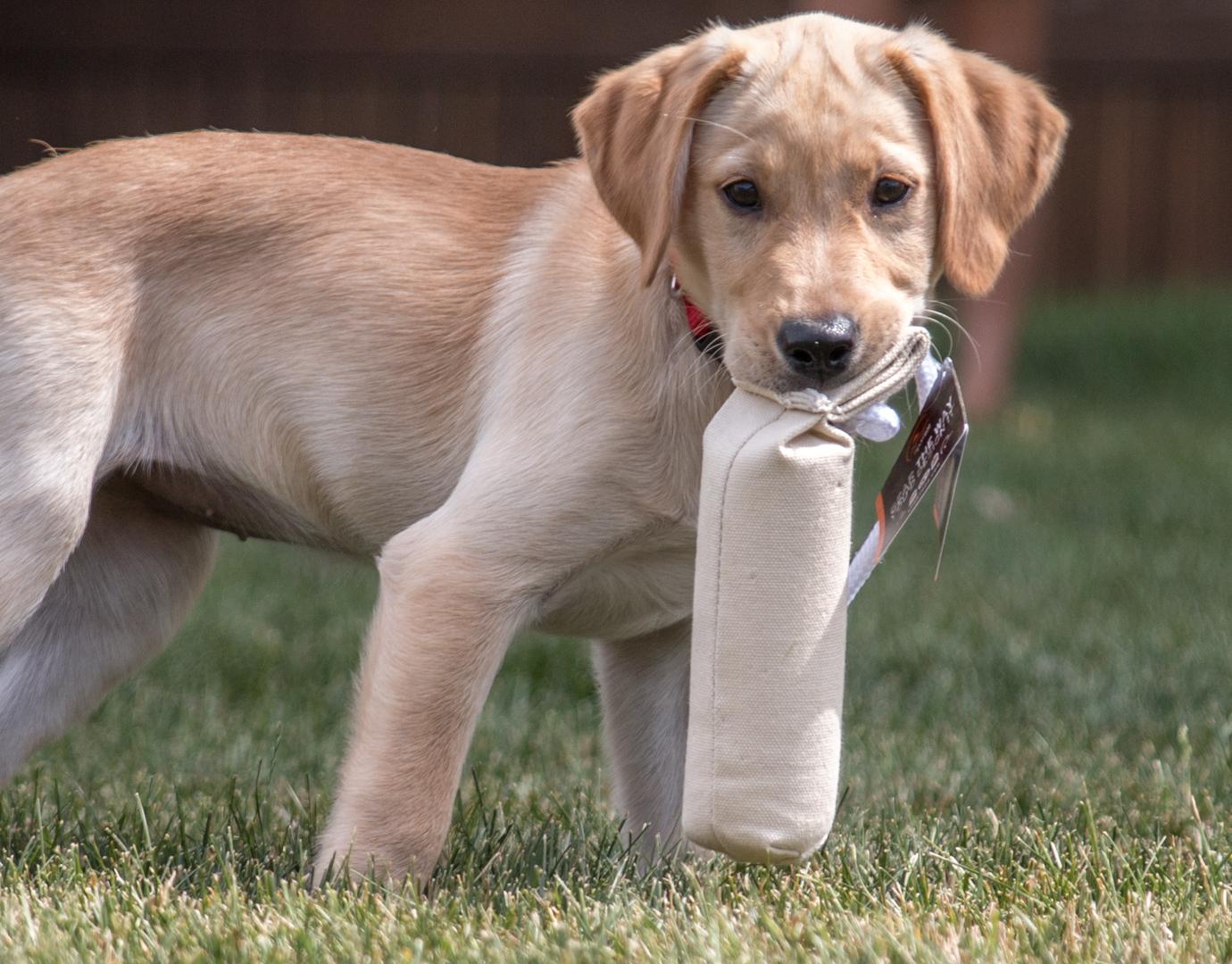
Training Your Retriever to Dummies
by The SportDOG Staff
Training a retriever can be one of the most rewarding experiences any hunter can have. There are no secrets involved: just patience, repetition, perseverance, consistency and the ability to anticipate reaction. In short, the trainer needs to be just a little smarter than his pupil. This is not always as...



